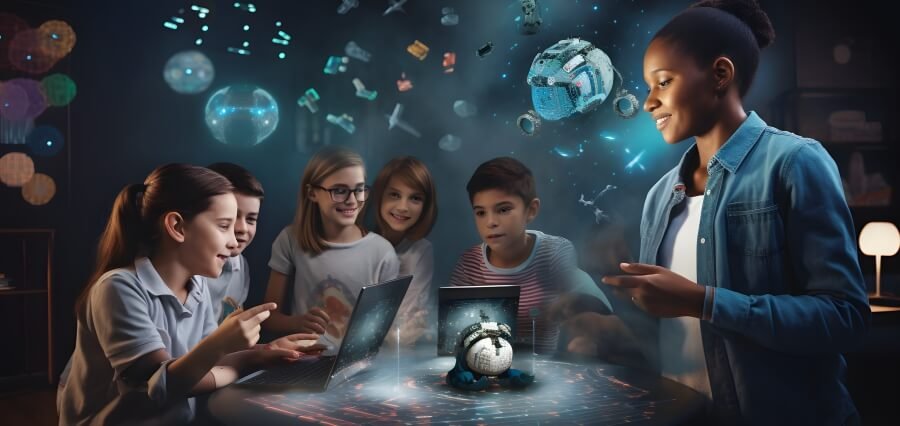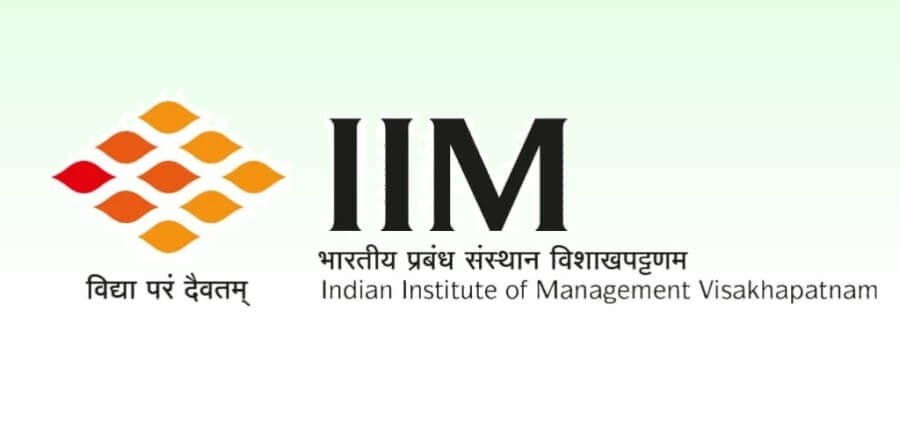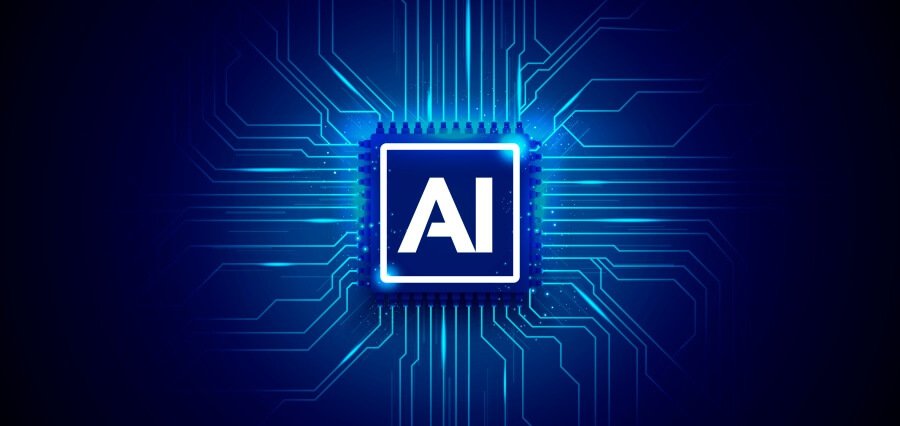Unlocking Potential
In the vast landscape of education, the transformative power of technology has become a catalyst for change, unlocking the untapped potential of learners across the globe.
Let’s delve into how technology is reshaping education, from classrooms to remote learning, and the profound impact it has on unlocking students’ full potential.
Embracing Technological Integration
Technology is no longer an auxiliary component in education; it has become integral to the learning process. From interactive smart boards in classrooms to virtual classrooms in online education, technology has seamlessly integrated into the educational tapestry, changing the way students access information and engage with their studies.
Personalised Learning Journeys
One of the significant transformations brought about by technology is the shift towards personalised learning journeys. Adaptive learning platforms and educational apps tailor content to individual student needs, pacing the learning experience based on their strengths and weaknesses. This customisation ensures that each student receives targeted support, fostering a deeper understanding of concepts.
Access to a World of Information
The internet has become a vast repository of knowledge, providing students with access to information that transcends geographical boundaries. Technology has democratised education, offering learners in remote corners of the country the same resources as those in urban centres. This equalisation of access empowers students to explore diverse subjects and perspectives, broadening their intellectual horizons.
Interactive and Engaging Learning
Traditional lectures are giving way to interactive and engaging learning experiences facilitated by technology. Virtual simulations, educational games, and multimedia resources transform abstract concepts into tangible experiences. This dynamic approach captures students’ attention and makes learning enjoyable, contributing to better retention of information.
Collaboration Beyond Boundaries
Technology has dismantled the barriers of physical distance, enabling collaboration beyond classroom walls. Students can engage in real-time projects with peers from different regions or even countries. This collaborative learning fosters cultural exchange, diverse perspectives, and the development of essential teamwork skills – all crucial elements in preparing students for a globally connected world.
Blended Learning Environments
Blended learning, a combination of traditional classroom instruction and online learning, has emerged as a powerful model. It provides the flexibility of online resources while maintaining the essential interaction of face-to-face instruction. This hybrid approach accommodates diverse learning styles, allowing students to navigate their educational journey in a way that suits their preferences and circumstances.
Breaking Language Barriers
For a linguistically diverse country like India, technology serves as a tool to break language barriers in education. Digital platforms offer language translation features, making educational content accessible to students who might face challenges in understanding certain languages. This inclusivity ensures that language differences do not impede the learning process.
Remote Learning and Accessibility
The global shift towards remote learning, accelerated by recent events, highlights the role of technology in making education accessible to all. Online classes, webinars, and digital resources ensure that learning can continue irrespective of physical constraints. This adaptability is particularly valuable for students in rural areas, allowing them to access quality education without the need to travel long distances.
Harnessing Data for Insights
Technology empowers educators with valuable insights into student performance through data analytics. Learning management systems track progress, identify areas of improvement, and offer data-driven insights. This information enables teachers to tailor their approaches, provide timely interventions, and ensure that no student is left behind.
Preparing for Future Careers
In a world where technology is pervasive in every industry, integrating it into education is a natural progression. Technological literacy is no longer a choice but a necessity for future careers. Exposure to coding, digital skills, and familiarity with emerging technologies equips students with a competitive edge in the job market, preparing them for roles in an increasingly tech-driven workforce.
Overcoming Educational Inequality
Technology acts as a leveller, helping overcome educational inequality. Initiatives providing tablets or laptops to students in underserved communities bridge the digital divide. Online educational resources and digital tools ensure that regardless of economic background, students have access to a quality education that can open doors to a brighter future.
Fostering Digital Citizenship
As students navigate the digital landscape, there is a growing emphasis on fostering digital citizenship. Educators use technology to instil responsible online behaviour, ethical use of information, and an understanding of digital footprints. These lessons go beyond academic knowledge, preparing students to be responsible and informed participants in the digital age.
Continuous Professional Development for Educators
The transformation in education through technology extends to educators as well. Online platforms offer opportunities for continuous professional development, keeping teachers updated on the latest pedagogical trends and technological advancements. This ongoing learning ensures that educators remain effective facilitators in the ever-evolving educational landscape.
Challenges and Considerations
While the impact of technology on education is profound, it is essential to acknowledge and address challenges. These include issues of internet connectivity, ensuring digital infrastructure in all schools, and providing adequate training for educators. Additionally, concerns related to screen time, digital addiction, and the need for a balanced approach to technology use should be considered.
A Future Enriched by Technology
In conclusion, the integration of technology into education is not just a trend; it is a paradigm shift that enriches the learning experience and unlocks the potential of every student. As technology continues to evolve, education stands poised on the cusp of a future where innovative tools and approaches will further transform the way knowledge is imparted and acquired.





